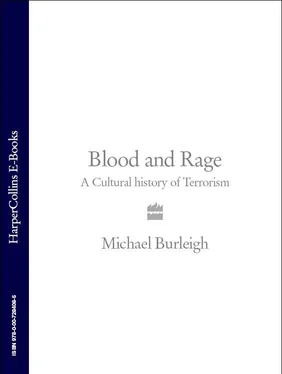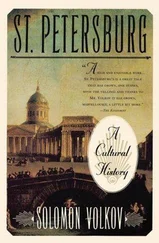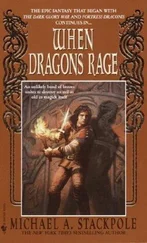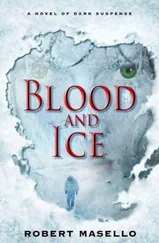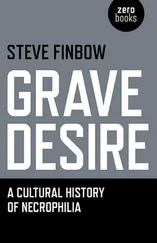The judicial consequences of the Rising only succeeded in engendering ‘maximum resentment, minimum fear’. Sixteen of the leaders were sentenced to death, by military courts, with the executions being dragged out for an unconscionably long time, in two cases involving men physically incapable of standing before a firing squad. Whereas the Dublin Rising had hardly elicited widespread support, there was general outrage at the manner of its suppression, as well as at the internment in Britain of hundreds of its participants. Their revolutionary commitment was deepened in Frognoch and Reading jails. Just as the Rising’s leading ideologue, headmaster Padraig Pearse, had traded on memories of martyrs past in his various proclamations of an Irish republic, so he and his fifteen executed comrades became mythological martyrs themselves, inspiring republicans to this day. Even the Marxists among them clutched crucifixes as they died in a hail of bullets, enhancing their posthumous appeal to the majority of their countrymen.
The Rising could well have been relegated to the status of minor might-have-been had the British government not made the mistake of extending to Ireland the principle of conscription for men under fifty-one (it had existed in the rest of the United Kingdom since 1916) to cover the huge losses caused by the March 1918 German offensive on the Western Front. Why should the Irish be exempt from fighting when they benefited from newly introduced old-age pensions and the wartime hike in agricultural prices? Taken together with the stalling of talks between constitutional nationalists, Unionists and the British government, the Military Service Bill dramatically boosted the fortunes of Sinn Féin in the December 1918 general election, in which an enlarged electorate of over two million voted for the first time. The party name meant Ourselves, or Ourselves Alone, depending on how one translates from the Gaelic, and was indicative of both solipsism and the Cosa Nostra.
Originally a non-violent, non-republican nationalist party, with an eccentric enthusiasm for the Austro-Hungarian Dual Monarchy as a model for Britain and Ireland, Sinn Féin won 48 per cent of the vote in the whole of Ireland, but a striking 65 per cent in the southern twenty-six counties that would become the Irish Free State. By that time, the party had been hijacked by surviving leaders of the Rising, with Eamon de Valera – sprung from British captivity – becoming president of the party at the October 1917 ard-fheis convention. In addition to being reconfigured as a republican party, Sinn Féin was formally linked with militant separatism when de Valera was elected president of the Irish Volunteers, who in 1919 became the IRA. They set up an alternative parliament, called the Dáil Éireann, which met on 21 January 1919, when a Declaration of Independence was proclaimed. Three months later de Valera became president of the Council of Ministers, the rebel provisional government in which also sat such luminaries as Michael Collins, W. T. Cosgrave, Arthur Griffith and Constance Markievicz. The ministers operated from flats above shops or private houses to avoid arrest by the British. Sinn Féin supporters quietly set up a parallel system of courts and local government so as to nullify the power of Dublin Castle, the symbol of imperial rule. The IRA embarked on a military campaign combining elements of guerrilla warfare with terrorism.
Although the IRA had a military command structure modelled on that of the British army, this did not efficiently curb the desire of locally based bands to kill representatives of the Crown forces. An IRA unit in Tipperary shot dead two Royal Irish Constabulary officers in January 1919, the first blow in what became an ugly vortex of violence. The IRA carried out a systematic campaign of terror, beginning with attacks on isolated police officers as well as a detective in the Dublin Metropolitan Police. This developed into larger attacks on police barracks, a strategy designed to sever any connection between the police and people, and to establish the IRA as an alternative authority. Enforcing the quarantining of the police, women who had liaisons with them, or who cooked for them, were threatened with death or had their heads shaved. A seventy-year-old woman who informed the police of a planned IRA ambush was shot dead. In an atmosphere paranoid about spies and fifth-columnists, epitomised by Church of Ireland and Methodist churches, Orange lodges and masonic temples, Ireland’s Protestant minority became targets, with about a third of their number being forced out of their homes in these years. This was only partially a response to the British policy of burning down the homes of known rebels, although it did not quite amount to the ethnic cleansing in Smyrna in the 1920s or Yugoslavia in the 1990s.
These were the classic years of the romance of the gunman, a leather-jacketed or trench-coated figure armed with a pistol, rifle or Tommy gun. This last was an American submachine gun with a cylindrical magazine originally designed to be used at close quarters to clear wartime trenches, but, produced too late for the Western Front, adopted as the weapon of choice for Chicago gangsters. It was useless in shootouts across fields. Other aspects of the learning curve included the realisation that a .45 is more useful in close-quarter assassination than a .38. Most of the hundred thousand or so IRA volunteers were young, single Catholic males from urban backgrounds ranging from shop assistants to medical students. Many had served in the British armed forces or had been educated by the Christian Brothers. In addition to small hit teams, there were larger flying columns of mobile guerrillas in the countryside, consisting of full-time paid rebels, released from whatever restraints being part of a family or community may have imposed. The women’s organisation Cumann na mBann provided vital intelligence, nursing, and material and spiritual support during this period. 18
Much of the violence had a tit-for-tat character in a society where there were long hatreds. When a police constable was shot dead by the IRA, mystery assassins killed Tomas McCurtain, the lord mayor of Cork and a commandant in the IRA. His successor, Terence MacSwiney, was jailed for IRA activities, and expired on the seventy-fifth day of his hunger strike in London’s Brixton prison. A shopkeeper and his friend refused to share in the general lamentations involving kneeling women praying for the Blessed MacSwiney in front of a bearded Capuchin. These men were both assassinated by the IRA. After shooting most of the Dublin Metropolitan ‘G’ division which dealt with political crime, IRA gunmen – who included future taoiseach Sean Lemass -struck at Britain’s intelligence presence in Ireland, killing twelve army officers (who stuck out like sore thumbs) in their homes on what became known as (the original) Bloody Sunday. Most of the victims were laid out in the morgue still wearing blood-stained pyjamas. These killings were in reprisal for the execution of medical student Kevin Barry for the murder of a soldier younger than himself. Some of the victims had nothing to do with intelligence, unless their cover was veterinary officers come to Dublin to purchase mules. Enraged by this attack, the British struck back at Croke Park, the mecca of Gaelic football, when during a hunt for fleeing IRA men they fired into, or back at, the crowd (for the causes are contentious), killing twelve people including a player from Tipperary who fell dead on the pitch. This was a result of the deployment of thirteen thousand battle-hardened veterans of the recent war as auxiliaries to the Royal Irish Constabulary. These Black ’n’ Tans, named after their mix-and-match combat garb, brought a certain indiscriminate vigour to the conflict that has passed into Irish folklore and that was condemned at the time by senior British statesmen.
Читать дальше
